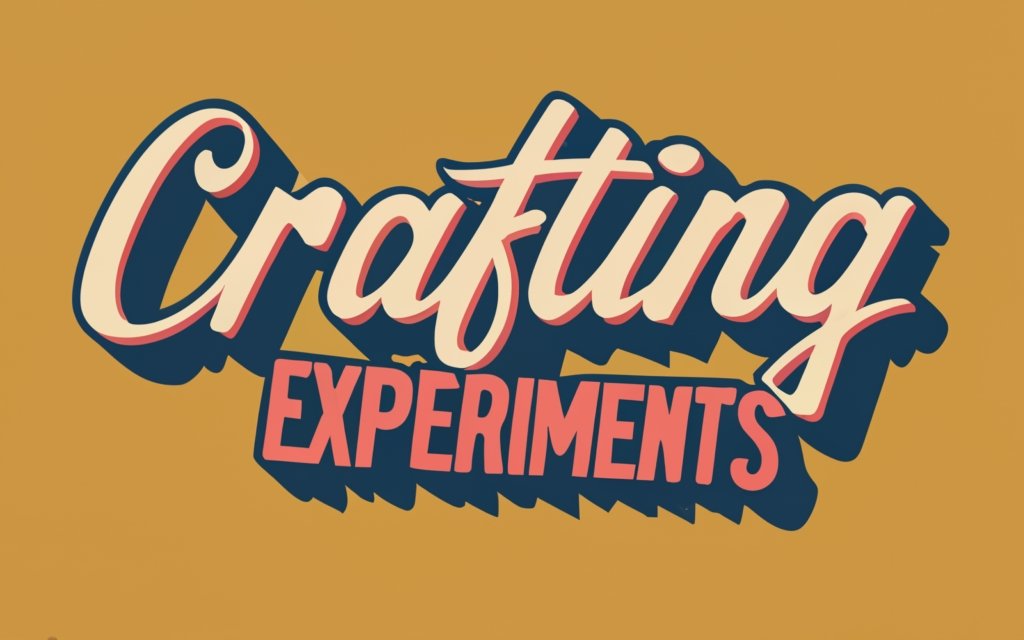In times of disruption, rapidly validating product ideas becomes critical. Running focused experiments allows you to learn quickly what resonates in shifting markets.

This article provides a step-by-step guide to crafting experiments that deliver rapid insights without significant investments during times of disruption.
Define your Key Validation Questions
Start by defining the key things you need to learn at this stage. Resist fully baked concepts and focus on the core uncertainties. For example:
- Will key stakeholders use a mobile voice interface for this?
- What pricing model—subscription, advertising or transactional?
- Will a social sharing element increase engagement?
Frame questions that will validate or invalidate key assumptions around customer needs, behaviors and economics. Everything is a hypothesis.
Select an Experimental Approach
With key questions defined, pick an approach to efficiently get answers:
- Rapid Prototyping: Create simplified prototypes to showcase potential stakeholder experiences. This can range from paper sketches to "Wizard of Oz" style clickable mockups. Use these to gather direct stakeholder feedback.
- Landing Page Tests: Create a landing page describing the product and gauging interest. Drive traffic through digital ads or existing channels and measure sign-ups.
- Smoke Tests: Release an early, stripped down product quickly to a small set of friendly stakeholders. Gather feedback on their actual experience using it.
- Surveys: Run targeted surveys to large groups of potential users. Ask about needs, preferences and reactions to concepts.
- Focus Groups: Gather small groups of potential users for directed conversations and exercises around your concepts. Observe their responses.
- AI Sensing: Take it as an opportunity to improve AI and people's sensing capabilities.
Define your Hypothesis
Map your assumptions into a clear hypothesis. For example:
- More than 40% of survey respondents will say they are likely to use a voice-powered mobile app for the core features.
- A pricing model of $10/month will convert 2x more signup's than a $5/transaction fee.
- Set a Clear Success Criteria
Remember that people can evaluate fewer prospects when they are stressed, so your hypothesis may have lower quality if the workforce is too pressured. Define upfront what results would clearly validate your hypothesis versus invalidate it. This sets clear decision criteria. For example:
If more than 40% of respondents are likely to use voice, the hypothesis is valid. Less than 40% invalidates it.
- If monthly conversion rates are 2x or higher than transactional, monthly pricing is validated. Otherwise invalidated.
- Develop a Minimum Viable Experiment
Adapt scope to the bare minimum needed to test your hypothesis. Remove nice-to-have features, segments, use cases, and materials. The simpler the test, the faster you will learn. You should also consider prudent-risk taking.
Ensure Statistical Significance
Determine the minimum sample size needed for a statistically significant result. For surveys, use online sample size calculators. For other methods, set minimum targets - e.g. 100 voice prototype users.
Execute Rapidly
Move quickly into the market. Leverage existing assets, channels and partnerships to run tests fast without delays. The goal is to learn in weeks, not months.
Analyze Results and Iterate with the TriValue Approach (TVC)
Once complete, determine whether your results hit the success criteria across the 3 TriValues:
- Customer Value - Did the experiment provide insights into customer needs and behaviors?
- Company Value - Did it illuminate potential business model viability and economics?
- Workforce Wellbeing Value - Were workforce engaged and energized by the process? Can it be improved?
If validated, move forward confidently. If invalidated, update your hypotheses and quickly run improved experiments focused on the specific TriValue needing more insight. Continually iterate using the TriValue Company Model until you have sufficient validation to move forward.
Use AI and Sensing
Consider leveraging AI and sensing capabilities to accelerate your experiments and analysis:
- Use AI to create interactive prototypes and simulations quickly
- Apply sentiment analysis to customer feedback at scale
- Have AI rapidly transcribe and analyze focus group conversations
- Let algorithms suggest optimal sample sizes for significance
- Use predictive analytics to model expected conversion rates
- Detect patterns and insights in customer behavior data
Check out more about sensing in our section Collective Strategic Sensing (CSS).
Look After Workforce Wellbeing
When running rapid experiments, be sure to also look after the wellbeing of your workforce:
- Monitor workloads to avoid burnout
- Check-in frequently on workforce stress levels
- Provide time for adequate rest and recovery
- Watch for signs of diminished wellbeing
- Offer motivations for health and balance
- Give opportunities to rotate jobs or teams
Following this process will generate validated learning to help guide smart product decisions amidst market uncertainty. By rapidly experimenting with customers rather than developing in isolation, you can adapt with agility during turbulent times. AI and sensing can further accelerate your pace of learning and adaptation. And caring for your team will ensure sustainable execution.
One last thing... be sure to check out the Collective Capabilities Model as well, as it will help you achieve a better and more sustainable balance of capabilities in disruptive times. Learn more about Future Thinking and the TriValue Company model (TVC) on Enterprise Agility Fundatemtanls Chapters 8 and 9.
